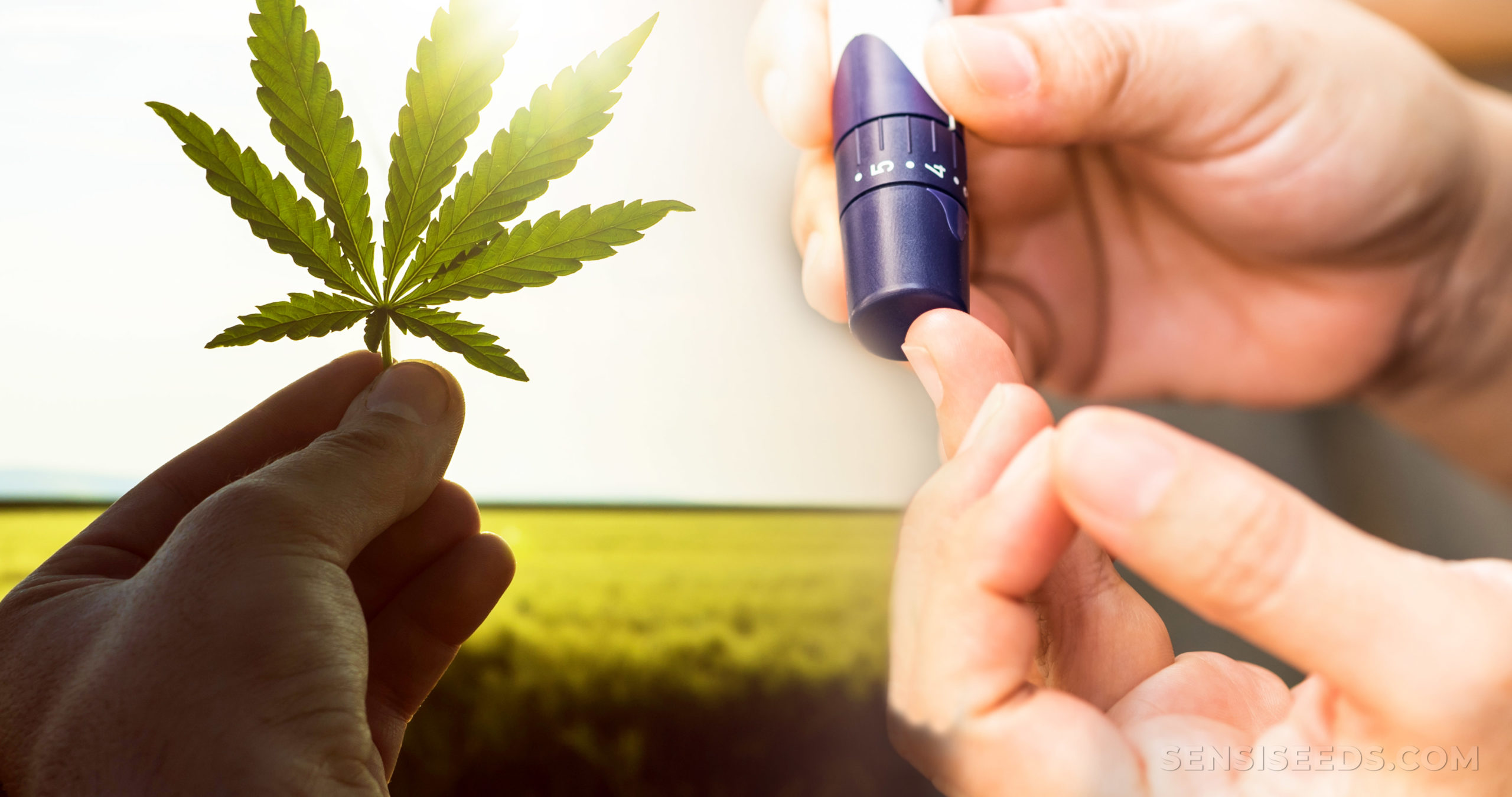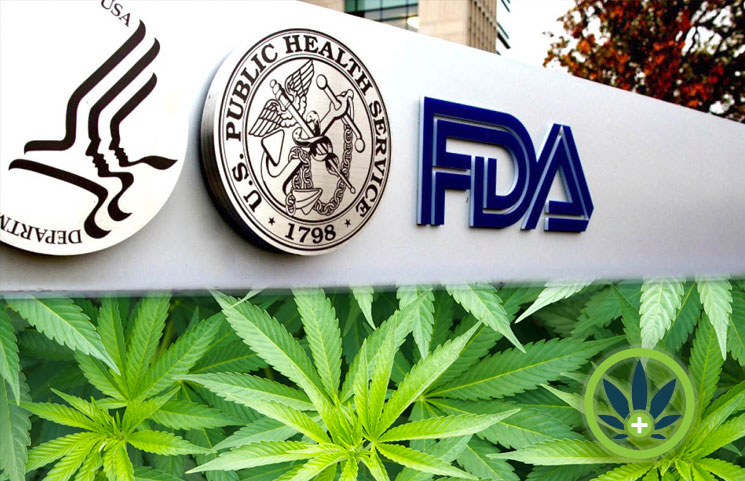
Cannabis, also known to the world as marijuana is a psychoactive substance derived form the Cannabis plant. It is a South Asia native that has been used for centuries in a variety medicinal and recreational uses. Continue reading to learn more about the history of cannabis and how it was used. Here are some examples of common uses for cannabis.
Medical uses for marijuana
Medical marijuana, which is legal, can be used to treat a range of medical conditions including pain and nausea as well as AIDS-related nausea and muscle spasms. Its use is not encouraged by the government, but is a legitimate means of treating certain conditions. The FDA has granted medical marijuana approval.

There are many risks associated to cannabis use. You may experience tachycardia (an abnormal heart rhythm accompanied with increased cardiac output and myocardial demand). Although tachycardia may not be a dangerous condition, the increased workload can pose danger to some patients. In addition, some studies have reported that cannabis can cause orthostatic hypotension, a condition that may be life-threatening.
Additional conditions that marijuana can treat include AIDS-related pain and nausea, as well as weight loss. The effects of marijuana use can also be used to relieve symptoms of glaucoma. However, they are short-term and do not outweigh long-term risk. It is not effective for multiple sclerosis muscle spasms, but it does have limited movement disorder effects.
Dependence on marijuana
The withdrawal symptoms of marijuana use can include physical, psychological, and emotional symptoms. Dependency level determines which symptoms of marijuana withdrawal are experienced. An anxious, restless, or cravings-inducing withdrawal can occur in a chronic marijuana user. This will affect their ability to sleep, eat, and make decisions. The symptoms of marijuana withdrawal can last up to 30 days.
With regular use, a person will build a tolerance to marijuana, leading to the development of dependence. Eventually, the person will find it difficult to stop using marijuana, even if the effects are unpleasant. It will be difficult for the person to meet their responsibilities. Dependence on marijuana can be difficult for some people to recognize. Therefore, it is vital to seek medical treatment.

Regular visits to fast food outlets and empty food pantries may be signs of dependence. Some smokers may experience depression, lethargy, or other psychological signs.
FAQ
How do prices for CBD differ across states?
Prices for CBD products will vary depending on where they are located. You can even find prices that are more than 10 times higher in some places!
The prices go up the further you go north. CBD in Alaska costs $35 per gram. In Hawaii, however, it costs about $200 per gram.
This trend continues across the country. Prices range from $5 up to over $2,500 for a gram.
This is what's the deal?
The varying levels and regulations of cannabis regulation are one reason prices can vary widely. Some states require that all CBD products contain very little THC (the psychoactive component of marijuana). Other states don’t care about how much THC is in CBD products.
Because of this, some companies choose to sell their products in one state and then ship them to another state.
What conditions are treated by CBD?
The most important thing for any treatment to have an effect on is the person's health condition. If you're using cannabis oil for medicinal purposes, a doctor must approve. It is also illegal to use cannabis products if you do not have a prescription from a medical professional.
There is no need for a prescription if you are using cannabis oil in a healthy way. It is best to speak to your doctor before you start using cannabis oil.
Cannabis oils can be made from whole plant extractions or isolated cannabinoids, such as THC and CBN. They contain many different cannabinoids including CBD (CBD), Tetrahydrocannabinol THC (THC), as well as cannabinol CBN (CBN).
These components interact to receptors throughout your body to create effects like pain relief, stress decrease, and anti-inflammatory as well as antioxidant properties.
Which CBD products are most popular?
CBD products are everywhere these days. They are used for pain relief and anxiety. The market is growing rapidly and is very large.
But for what purpose do people buy CBD? What does this mean for brand owners?
Statista reports that CBD products have relaxing properties. They are also used for their anti-inflammatory properties.
This means that if your product has both CBD and THC, then it can be sold for both recreational and medicinal purposes.
But what about brands which are focused on just one purpose? For example, if a company sells CBD for stress relief, then it won't have much competition.
Also, if a brand is focused on CBD for medical reasons, it will have large customers.
If a brand wishes to reach recreational users, they must create a unique selling point (USP). A USP basically refers to a unique selling point that sets a brand apart.
For example, some brands offer free shipping, while others offer discounts for bulk orders.
Does CBD help with anxiety?
CBD oil works well to reduce anxiety. This is because it interacts directly with CB1 or CB2 brain receptors. The endocannabinoid system regulates mood and stress responses.
When we feel anxious, our bodies release chemicals that activate the CB1 receptor. This receptor triggers the amygdala to activate, which is responsible in emotional processing.
When the CB1 receptor is blocked, the amygdala doesn't receive the signal to process emotions. People who use CBD have fewer negative emotions.
A study published in 2017 showed that CBD reduces anxiety in patients with social phobia. Another study concluded that CBD had a positive effect on symptoms of PTSD.
A 2018 review concluded CBD's anxiolytic qualities could be helpful in treating generalized anxiety disorder.
Another review suggested that CBD might also reduce panic attacks.
Multiple studies have proven that CBD can actually increase anxiety levels in mice.
The discrepancy found between the animal results and human data might be due to differences of how CBD affects humans and animals.
CBD is not subject to any long-term safety tests. But, experts are unanimous in their belief that CBD is safe when used according to directions.
Statistics
- however, one study also found that these effects were virtually abolished when the original media (a nutrient broth agar) was replaced with one containing 5% blood (increasing the minimum concentration to ~160 μM CBD) [179]. (ncbi.nlm.nih.gov)
- A recent systematic review of human trials also reported that individuals with epilepsy receiving CBD (5–20 mg·kg−1·day−1) were more likely to experience decreased appetite than those receiving placebo (i.e., ~20 vs. 5% of patients) (ncbi.nlm.nih.gov)
- CBD seems unlikely to directly influence sleep in healthy humans [115] (and maybe “sleep-promoting” in those with certain comorbid conditions) (ncbi.nlm.nih.gov)
- OralWhere HED is the human equivalent dose, and Km is a correction factor estimated by dividing the average body mass (BM) of the species (60, 0.020, and 0.150 kg for 11 humans, mice, and rats, respectively) and by its surface area (see: Nair et al. (ncbi.nlm.nih.gov)
- As a substance that was federally illegal before the passage of the 2018 Farm Bill, hemp-derived cannabinoids with no more than 0.3% THC still face a regulatory grey area. (forbes.com)
External Links
How To
How to Sell CBD Oil at Home
CBD oil is a very popular product online. It is derived from hemp plants and has been used for centuries to treat pain and inflammation. It is a great product that can treat anxiety, depression, insomnia, chronic and other conditions. Many people hesitate to use CBD oil because they don't know where to begin. This article will give you some helpful tips for selling CBD oil at your home. You won't have to worry about legal issues.
Steps to selling CBD online
-
Check to see if your state permits the sale of CBD oil. Look into other states that allow CBD oil to be sold. Before you start any CBD oil-related business, it is a good idea to check with your local health department.
-
Check that your site is compliant with FTC regulations. There are two types, those that conform to FDA guidelines and those who don't. Sites that sell CBD oil must follow the rules set forth by the U.S. Food and Drug Administration (FDA). They cannot claim that CBD oil is beneficial for certain medical conditions without scientific evidence. They must also keep records for every transaction they make on their site.
-
Learn more about CBD oil. While some people believe CBD refers to cannabidiol, this is not true. CBD oil can also be used for anything extracted from cannabis plants. The best way to find out if CBD oil works for your condition is to talk to your doctor.
-
Decide whether you wish to sell wholesale or retail. Wholesale sellers have the ability to purchase large quantities and then resell them to retail customers. Wholesalers often sell CBD oil in small quantities to retail outlets who then rebrand it. Wholesale prices are typically higher than retail.
-
Decide if you are interested in starting a drop shipping company. Drop shippers send items directly to customers by sourcing them from suppliers. They take care of everything involved in delivering orders, including customer service. Dropshipping can be a great way to start a business, as it requires very little upfront investment.
-
Pick a manufacturer. Many companies offer CBD oil as alternative medicine. These manufacturers have different strengths and flavors available. Many of these companies offer free trials. Look around until you find one that suits your needs.
-
Set up a Facebook profile. Marketing is a key part of social media. You can reach millions of customers with Facebook alone. Start a new page and provide information about your company.
-
Promote your brand. Start promoting your brand via other social media platforms, such as Instagram and Twitter.
-
Sell your products. Once you have decided to sell CBD oils, you will need to decide which type of CBD oil product you want. Do you prefer to sell tinctures, or only drops? How much would a bottle cost? What packaging would your company use?
-
Write a detailed description about each product. Include all of the ingredients, as well any warnings, that could be associated with CBD oil.
-
Your products' prices should be listed. You should keep in mind that your product's price will vary depending on its strength. A 10ml container of 100mg CBD oil is $30; a 500mg CBD Oil bottle is $120.
-
Add images to attract more attention. Post pictures of your products so that visitors know exactly what they are getting into. You can even include videos if you wish.
-
Optimize your store. You must ensure your store is professional and well-organized. Bad design can lead to customers leaving your store.
-
Find ways to improve your reputation online. Google Reviews are what people use to find out about products. Negative reviews can lead to customers being turned away.
-
Offer discounts. Many people do not like to pay full price for goods. If you give discounts, you can increase your profits.
-
Use email marketing. You can send promotional messages to people who already expressed interest in your products via email marketing. This is a great way to establish relationships with customers.
-
Optimize your website. When you start a business, a website is vital. Your website should provide useful information about your products and services.
-
You can hire someone to manage your business. Many tasks go along with running a business. If you don’t hire someone else to handle some of these tasks, you can waste time trying out to finish certain tasks yourself.
-
Get started! This article has helped you get started in your CBD Oil Business. Best of luck!